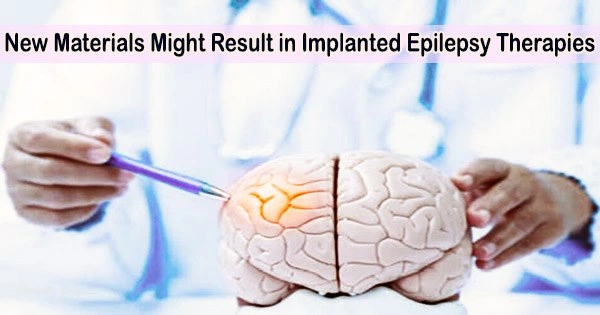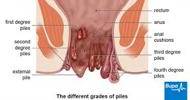Following ground-breaking work on materials that may make it possible for new kinds of brain implants for probes to be made safely, the possibility of a cure for a particular type of epilepsy may be one step closer.
Researchers in bioengineering at the University of Glasgow have looked into new dissolvable coatings that might make it safer to insert flexible implants into the brain to control temporal lobe epilepsy.
The creation of the substance is a result of a cooperation that intends to repair and regenerate injured brain tissue in order to combat epilepsy, as described in an early-view study in the journal Advanced NanoBiomed Research.
The €8m Hybrid Enhanced Regenerative Medicine Systems project HERMES was launched in 2019. It brings together 12 partners from seven EU countries to find new ways to heal brain disorders using transplants that combine biological and artificial components.
Deep brain stimulation neural probes have been utilized to treat patients with Parkinson’s disease as well as other illnesses like obsessive-compulsive disorder. They represent a possible future therapy for drug-resistant temporal lobe epilepsy.
A mismatch between the stiffness of artificial materials and the soft tissue of the brain results in scarring around the implantation site of deep brain stimulation probes, which are now constructed of silicon.
The work we’ve done here is an important pillar of the strands of research that are coming together to create the advanced neuroprostheses that HERMES is aiming to achieve. Some of our research partners are using the stiffeners we’ve developed to conduct further tests on the functionality of the probes. We’re looking forward to seeing the results of those experiments as we get closer to delivering on the potential of HERMES.
Professor Hadi Heidari
A new generation of flexible probes created from new bendable materials that better match the softness of brain tissue could be one option. Additionally, flexible implants may increase the potential locations for the implants in the brain, allowing for more disorders to be treated.
Before the HERMES team and others can successfully employ the probes as implants, a critical issue that needs to be handled is the increased danger of the probes bending or breaking when injected into brain tissue.
The Glasgow team and their Italian collaborators describe how they investigated the possibility of four various biological materials as coatings for prospective HERMES implants in the study. When the procedure is finished, the materials dissolve, serving as temporary stiffeners that might enable flexible probes to reach their goal in the brain without bending.
They examined the performance of sucrose, maltose, silk fibroin and alginate as stiffeners for a flexible probe like the one which will be used in the HERMES project.
The Glasgow team was the first to investigate alginate, a naturally occurring polysaccharide produced from algae, as a stiffening material. While three of the materials had already been evaluated as stiffeners in the lab in earlier studies, alginate had not yet been investigated in this way.
They covered flexible probes with samples of the materials that would be utilized in future HERMES implants. They examined their performance as they were put into blocks of agarose gel, a substance with a consistency comparable to that of actual brain tissue, to determine their effectiveness as stiffeners.
The alginate-covered probes performed well, increasing the force required to buckle from 0.31 millinewtons for an uncoated probe to 28.97 millinewtons. However, the silk fibroin performed best, increasing the force required to bend the flexible probe to 75.99 millinewtons.
By doing chemical experiments and seeing how long the materials took to dissolve in settings similar to those in the brain, scientists also examined the material’s potential biocompatibility. Once more, the alginate and silk fibroin materials functioned admirably and lasted longer before dissolving than the other materials, giving surgeons potentially more time to complete HERMES implant operations.
To learn more about the performance of the silk fibroin materials in brains that are similar to those of humans, samples of lamb and rat brains were used in additional tests.
Maria Cerezo-Sanchez, from the James Watt School of Engineering, is the lead author of the article. She said, “The tests we conducted show some really promising results for creating coatings for future flexible neural probes that could help safely guide them to their targets in the brain.”
“It’s an exciting step forward, and we’re continuing to explore the potential of these materials for use in neural implant procedures.”
Professor Hadi Heidari, of the University of Glasgow’s James Watt School of Engineering, is the paper’s corresponding author. He said, “The work we’ve done here is an important pillar of the strands of research that are coming together to create the advanced neuroprostheses that HERMES is aiming to achieve.”
“Some of our research partners are using the stiffeners we’ve developed to conduct further tests on the functionality of the probes. We’re looking forward to seeing the results of those experiments as we get closer to delivering on the potential of HERMES.”
















